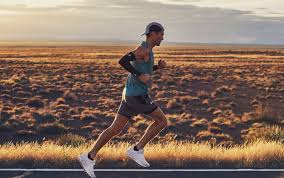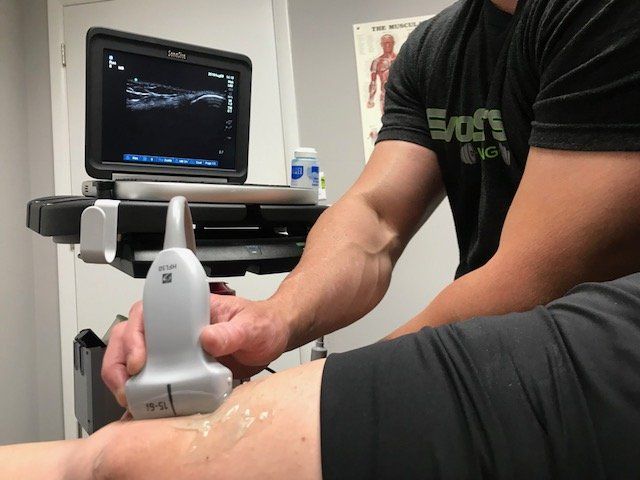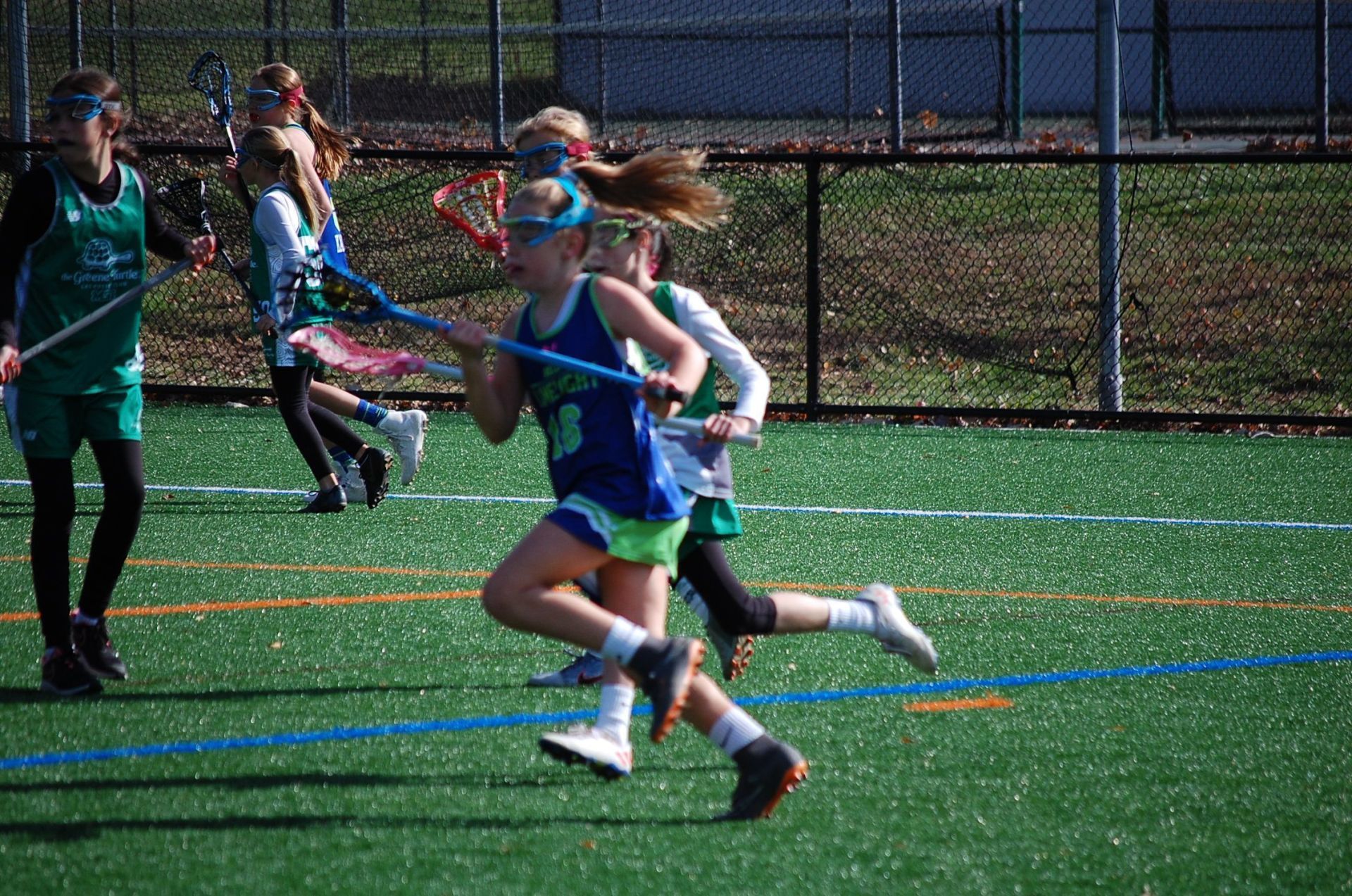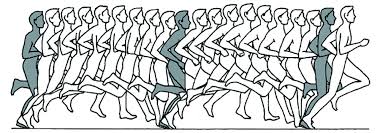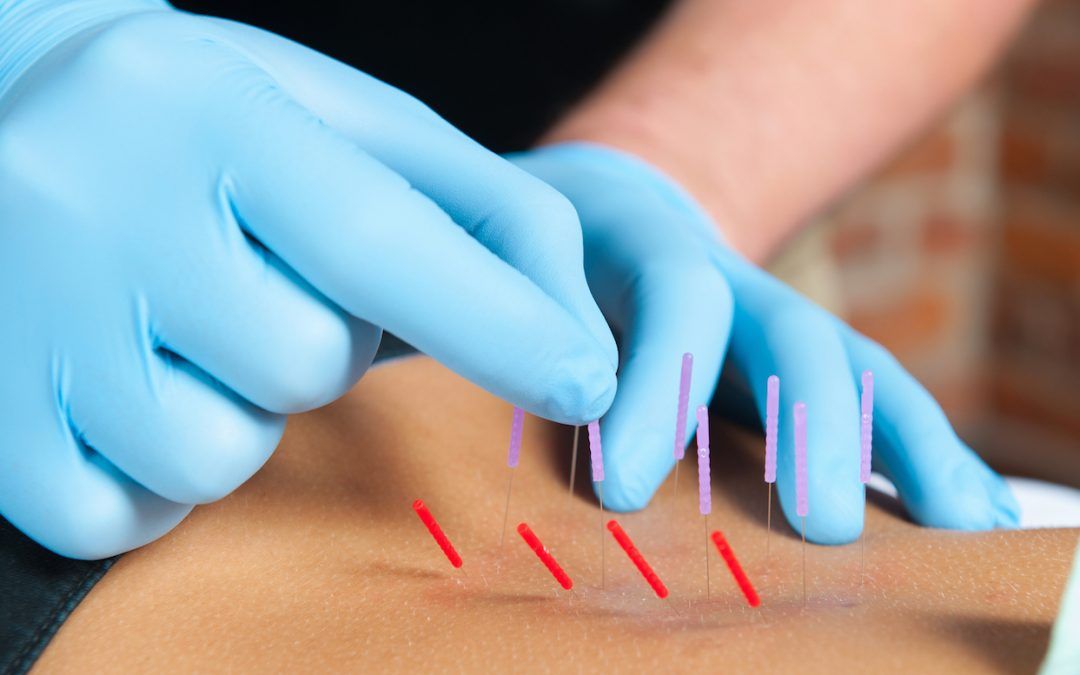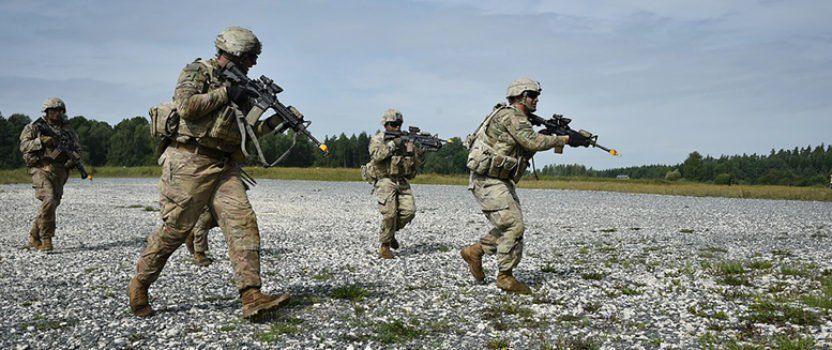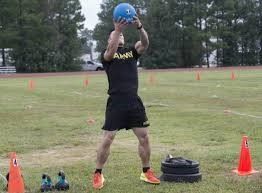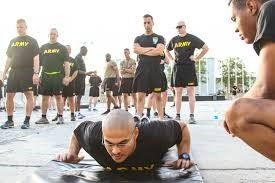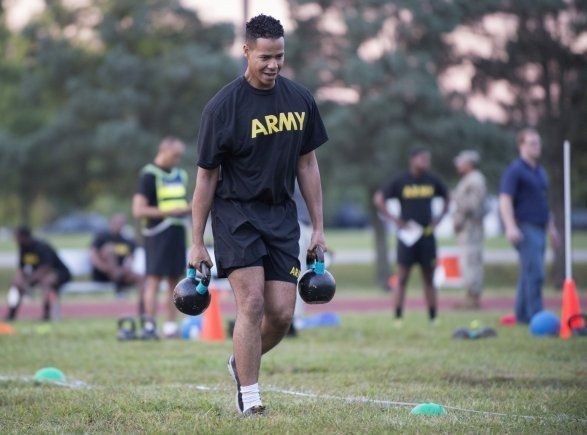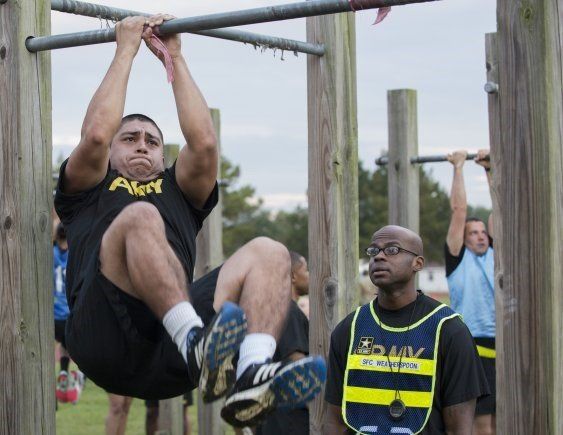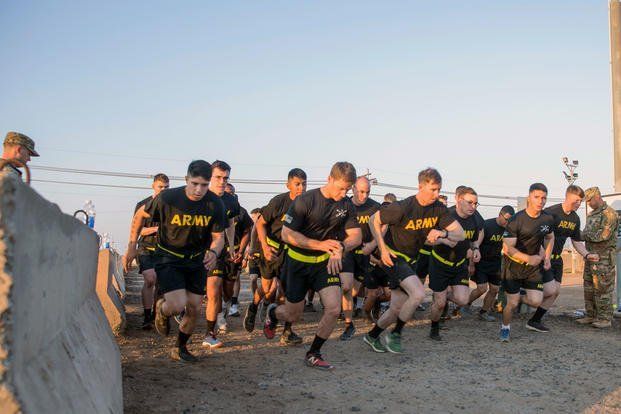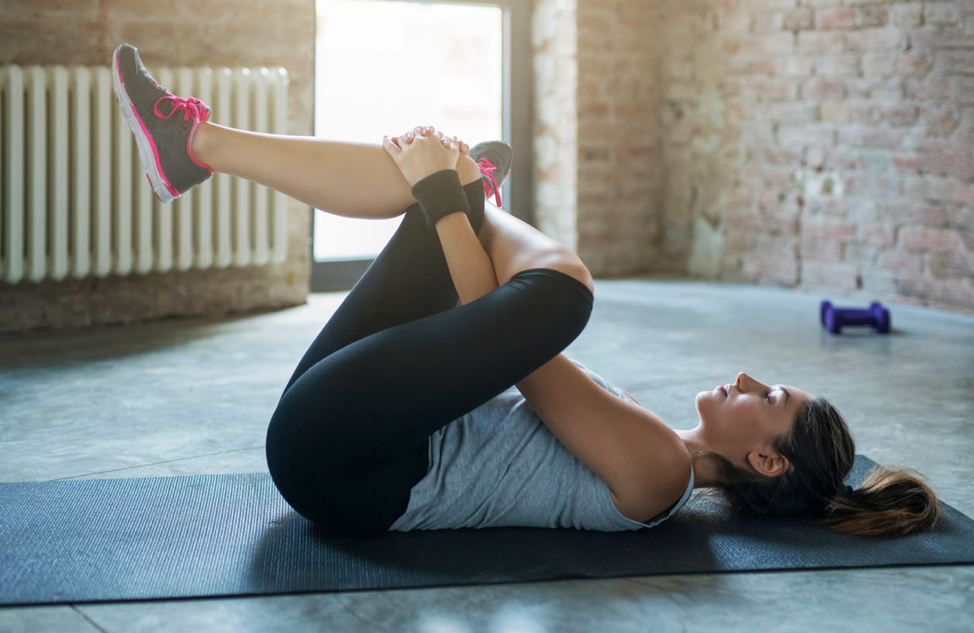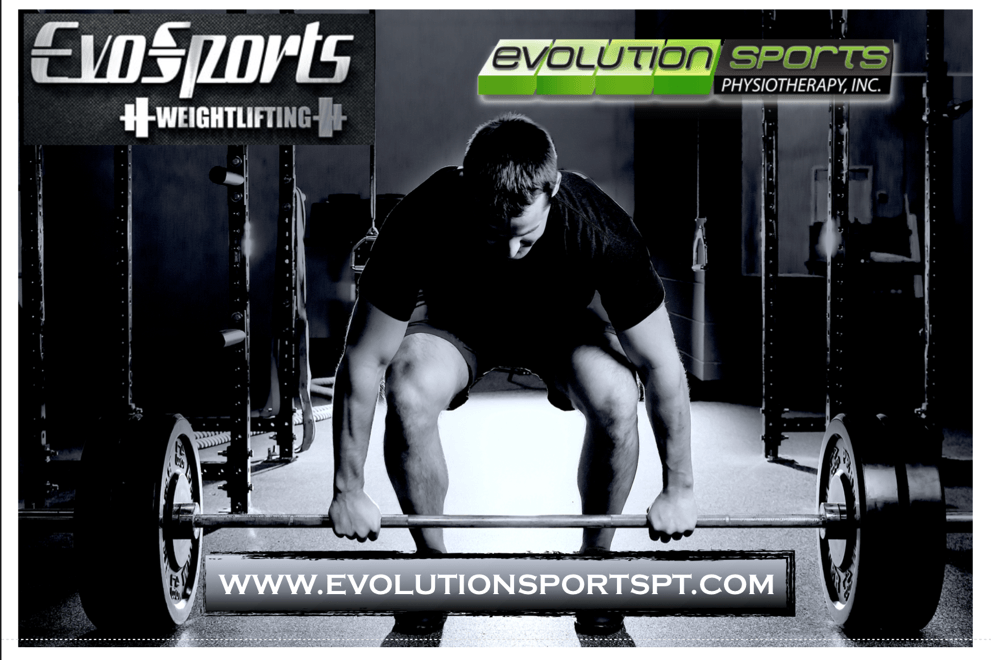Army Combat Fitness Test (ACFT)
The new fitness standard.
The Army Combat Fitness Test (ACFT) has evolved. It is no longer your grandpa’s old calisthenics, running and push up program. The Army has implemented a series of functional exercises to test a recruit’s strength, endurance and over all physical readiness for combat while also reducing injuries as a recruit enters bootcamp.
The six-event assessment, is intended to replace the current three-event Army Physical Fitness Test, which has been around since 1980.Beginning in 2020, all Soldiers will be required to take the new gender- and age-neutral test. At least six years of significant research went into the test's development as researchers looked at what Soldiers must do fitness-wise for combat.
"Throughout that research and testing, the goal was to provide our leaders with a tough, realistic, field-expedient assessment of the physical component of their Soldiers' individual readiness," said Sgt. Maj. of the Army Daniel A. Dailey.
Roughly 2,000 Soldiers have already taken the test, previously called the Army Combat Readiness Test. They also provided feedback as part of the Army Training and Doctrine Command and Forces Command pilots that began last year at several installations.
"The current PT test is only a 40 percent predictor of success for performing in combat and executing warrior tasks and battle drills," Frost said. "This test is approximately an 80 percent predictor of performing based on our ability to test the physical components of combat fitness."
Strength deadlift : With a proposed weight range of 120 to 420 pounds, the deadlift event assess lower body strength. The ACFT will require Soldiers to perform a three-repetition maximum deadlift and the weights will be increased. The event replicates picking up ammunition boxes, a wounded battle buddy, supplies or other heavy equipment.
Standing power throw : Soldiers toss a 10-pound ball backward as far as possible to test muscular explosive power that may be needed to lift themselves or a fellow Soldier up over an obstacle or to move rapidly across uneven terrain.
Hand-release pushups : In this event, Soldiers start in the prone position and do a traditional pushup, but when at the down position they release their hands and arms from contact with the ground and then reset to do another pushup. This allows for additional upper body muscles to be exercised.
Sprint/drag/carry : The soldier will dash 25 meters five times up and down a lane, Soldiers will perform sprints, drag a sled weighing 90 pounds, and then hand-carry two 40-pound kettlebell weights. This can simulate pulling a battle buddy out of harm's way, moving quickly to take cover, or carrying ammunition to a fighting position or vehicle.
Leg tuck : Similar to a pullup, Soldiers lift their legs up and down to touch their knees/thighs to their elbows as many times as they can. This exercise strengthens the core muscles since it doubles the amount of force required compared to a traditional situp.
2-mile run : Same event as on the current test. In the ACFT, run scores are expected to be a bit slower due to all of the other strenuous activity.
As part of its culture change, the Army is building a Holistic Health and Fitness System to produce healthier and fitter Soldiers. The new test is only one piece of the new system. There will also be improvement of fitness centers, and healthier options of food for the Soldiers.
Here at Evolution, we strive to make sure that our training
programs incorporate strength, endurance, mobility and injury prevention
exercises. We offer in person group, individual and online programming options. All of the exercises our strength coaches prescribe are designed to address your specific weaknesses and build on your strengths. Our main goal, for all our clients, is to maximize their potential
and make sure they achieve their goals whether or not they are performance
based.
The fitness tests and standards are evolving. Why shouldn’t your training?
Keep an eye on our website for more tips about the exercises and how to advance through them safely!
Check out our Strength and Conditioning page on our website and get started today!
